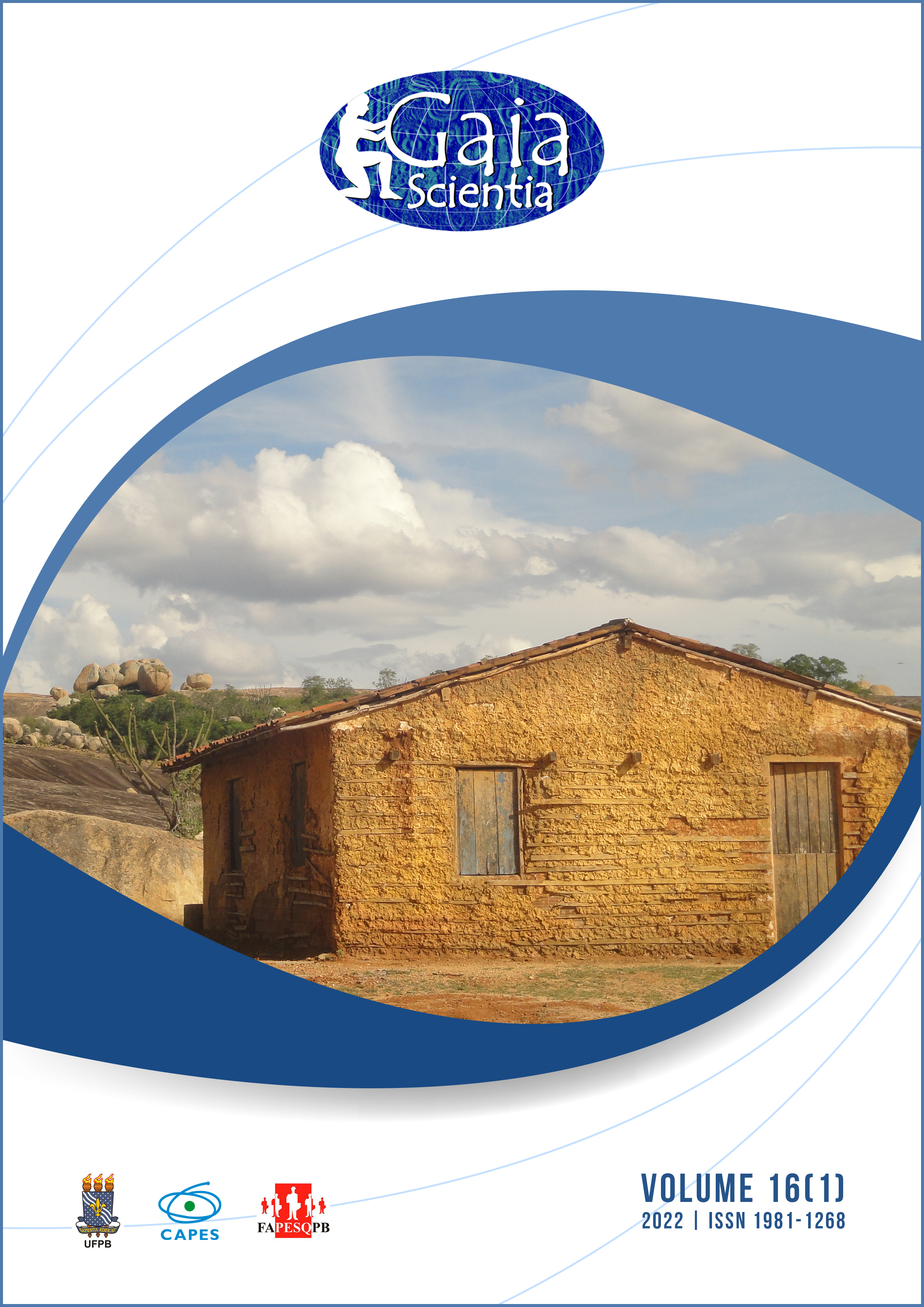Feasibility analysis for the implementation of a heliothermal electrical generator system in the city of Petrolina, Pernambuco, with an effort-impact matrix
DOI:
https://doi.org/10.22478/ufpb.1981-1268.2022v16n1.61661Abstract
Considering the growing global energy demand, combined with the environmental impacts caused by dependence on fossil fuels, responsible for global warming and climate change, it is necessary to implement clean energy sources to mitigate such damage. In addition, hydraulic energy stands out in the Brazilian energy matrix and, while it is considered a clean energy source, its flooded areas generate impacts. As an aggravating factor, the Brazilian energy crises motivate the activation of thermoelectric plants, which are more costly and polluting. Thus, there is a challenge to make the energy system more sustainable. In this context, renewable energy sources show great potential for national energy diversification, and merit further exploation, one such example being solar energy, a clean and renewable energy source, which can be used with photovoltaic panels or in heliothermal concentrates. Thus, considering the solar incidence in a large part of Brazilian territory, the objective of this study is to simulate the potential for installation of heliothermic plants in the city of Petrolina-PE, using the effort-by-impact matrix as a methodology, which points to invalidity, with the increased effort, feasibility, from the increased impact. Therefore, there was great potential for the implantation of one heliothermic plant in a vast region of the municipality’s territory.










